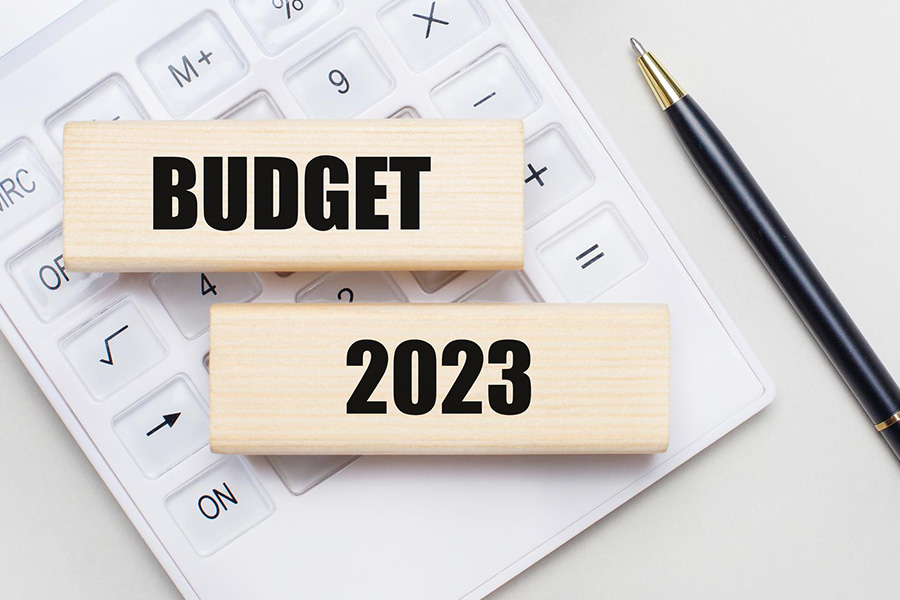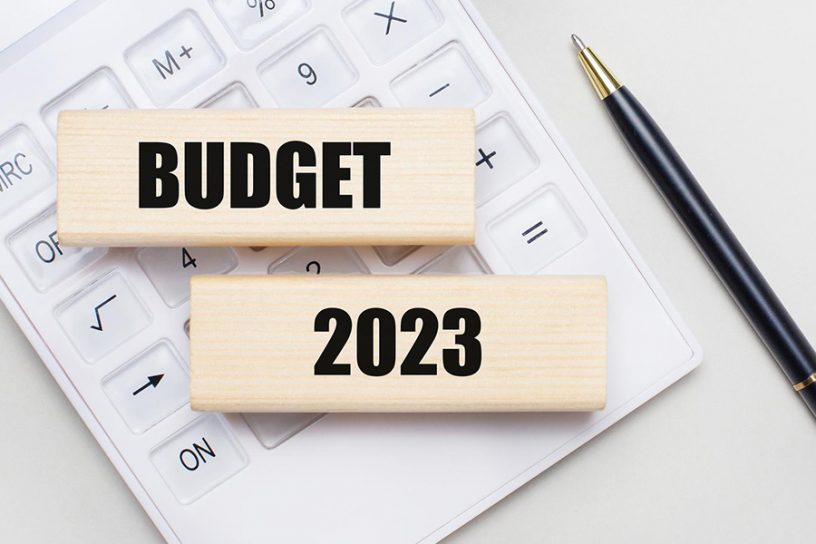
Allocative outlays for targeted job creation across sectors has been avoided by past and current budgets.
Author
Deepanshu Mohan, Associate Professor of Economics and Director, Centre for New Economics Studies (CNES), Jindal School of Liberal Arts and Humanities, O.P. Jindal Global University, Sonipat, Haryana, India.
Summary
The Union budget speech by finance minister Nirmala Sitharaman – in her last full budget before the 2024 polls – highlighted seven key priority goals for this year’s fiscal outlay map: inclusive development; last mile development; infrastructure and investment; green growth; youth; and financial sector. Most of the key announcements made were in the third and last of these areas. Other goals, despite their noted mention, seemed less important from a fiscal mapping exercise of allocations done.
Key fiscal numbers were kept in line with the broader market expectations, with the fiscal deficit revised to 5.9% of GDP (the finance minister added that the Union government remains committed to bringing the fiscal deficit down to 4.5% of the GDP by 2025-26); gross borrowing levels kept at Rs 15.43 trillion (which is still very high); a net tax revenue rise seen at around 11% (though the source for a difference of Rs four lakh crore in the presented tax and non-tax revenue collection outlay will need to be accessed, given how badly the government has done on its disinvestment targets so far); and the overall government expenditure – driven by a higher outlay for government capex and railways – is up about 7% of GDP.
On personal income tax, incentives assigned in terms of tax rate deductions and rebate announcements are broadly to encourage average middle class taxpayers (who actually pay more tax annually than the corporate class in India) to subsequently move towards adopting the ‘new tax regime’. Additionally, a lowering of the surcharge on the super-rich (those earning Rs 5 crore or more a year) was announced, which means the effective tax rate is lowered from 42.7% to 39% with the hope to immediately incentivise the ‘super-rich’ to shift to the new tax regime.
Published in: The Wire
To read the full article, please click here.


